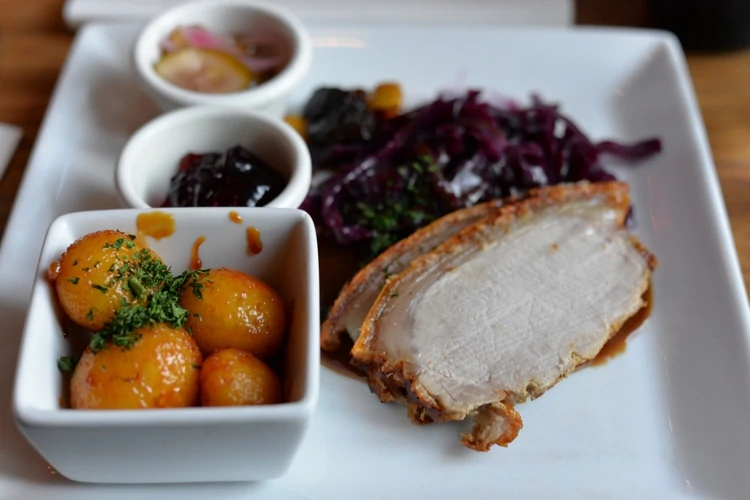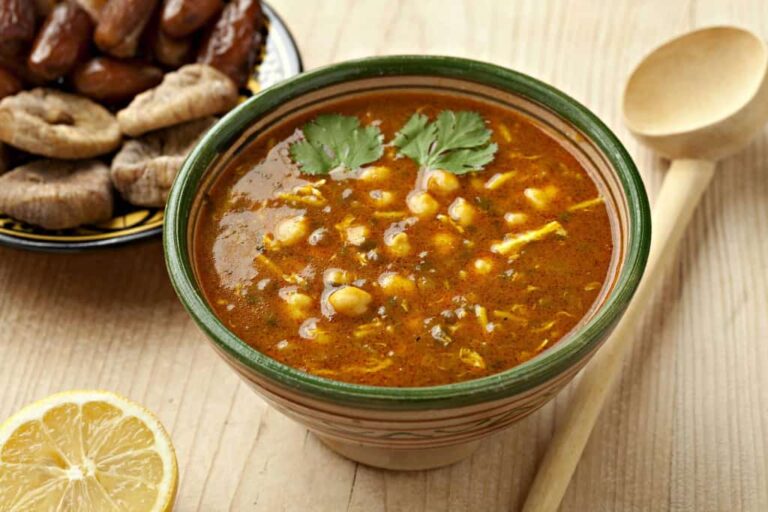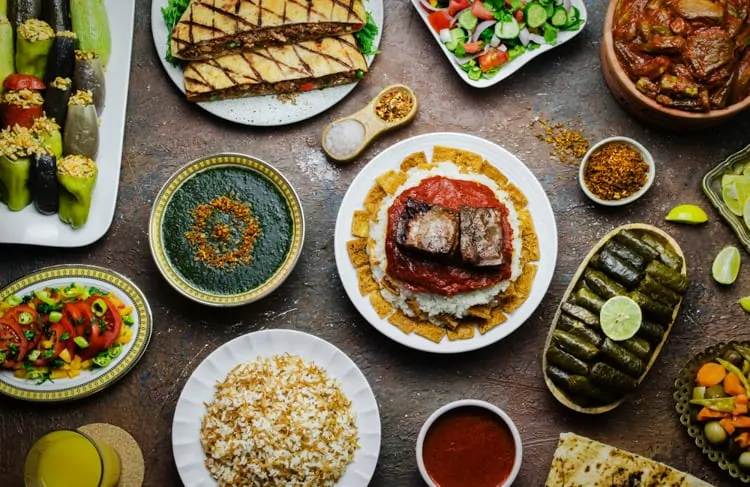Introduction: Street Food Around the World
Street food has been a staple of many cultures around the world, providing quick and convenient meals to people on the go. From the bustling streets of Bangkok to the food markets of Mexico City, street food has become an integral part of the urban landscape. It’s a trend that’s been catching on in recent years, as food lovers seek out new and exciting culinary experiences.
Danish Cuisine: Traditional and Modern
Danish cuisine is known for its simplicity and freshness. Traditional dishes often feature fish, meat, and vegetables, with butter and cream being common ingredients. However, in recent years, Danish cuisine has been undergoing a transformation as chefs experiment with new techniques and flavors.
Modern Danish cuisine is often characterized by its focus on organic and locally-sourced ingredients, as well as its emphasis on seasonal cooking. The cuisine has become more diverse and international, with influences from Asia, the Middle East, and beyond.
Food Culture in Denmark: Eating Out and Street Food
Eating out in Denmark is a popular pastime, with a wide range of restaurants, cafes, and bars to choose from. However, street food has not traditionally been a big part of the food culture in Denmark. In the past, street food was associated with fast food and low-quality ingredients.
However, in recent years, street food has gained popularity in Denmark, as food markets and festivals have popped up around the country. These events offer a chance to sample a variety of local and international flavors, from traditional Danish dishes to Asian-inspired street food.
Copenhagen: A Foodie Haven?
Copenhagen has become a foodie destination in recent years, with a growing number of gourmet restaurants and cafes. The city has gained a reputation for its New Nordic cuisine, which emphasizes fresh, seasonal ingredients and simple preparations.
However, Copenhagen is also home to a vibrant street food scene, with food markets and trucks offering a range of international flavors. These venues offer a chance to try everything from Japanese street food to Danish hot dogs.
Street Food in Copenhagen: History and Evolution
The street food scene in Copenhagen has evolved significantly over the past decade. The first food market, Torvehallerne, opened in 2011 and quickly became a popular destination for food lovers. Since then, several other food markets have opened around the city, including Reffen and Copenhagen Street Food.
These markets offer a variety of street food options, from traditional Danish open sandwiches to Korean-style fried chicken. Many of the vendors are focused on sustainability and locally-sourced ingredients, making them a popular choice for eco-conscious foodies.
Street Food Options: Local and International Flavors
The street food scene in Copenhagen is diverse and constantly evolving. Many vendors offer a mix of traditional Danish dishes and international flavors, such as Mexican tacos or Vietnamese banh mi.
Local specialties, such as Danish hot dogs and open sandwiches, are also popular options. These dishes are often made with high-quality ingredients and creative toppings, such as pickled red cabbage or seaweed-infused mayo.
Regulations and Hygiene: Street Food Standards
The street food scene in Copenhagen is tightly regulated, with strict standards for hygiene and food safety. All vendors must be licensed and regularly inspected to ensure that they meet these standards.
In addition, many vendors are focused on sustainability and minimizing waste. Many use biodegradable packaging and compostable utensils, and some even donate leftover food to local charities.
Conclusion: Is Street Food Common in Denmark?
While street food has not traditionally been a big part of the food culture in Denmark, it has gained popularity in recent years. Copenhagen is home to a vibrant street food scene, with food markets and trucks offering a range of local and international flavors.
The street food scene in Copenhagen is diverse and constantly evolving, with a focus on sustainability and locally-sourced ingredients. The city’s strict regulations and hygiene standards ensure that street food vendors are held to high standards, making it a safe and delicious option for food lovers.










